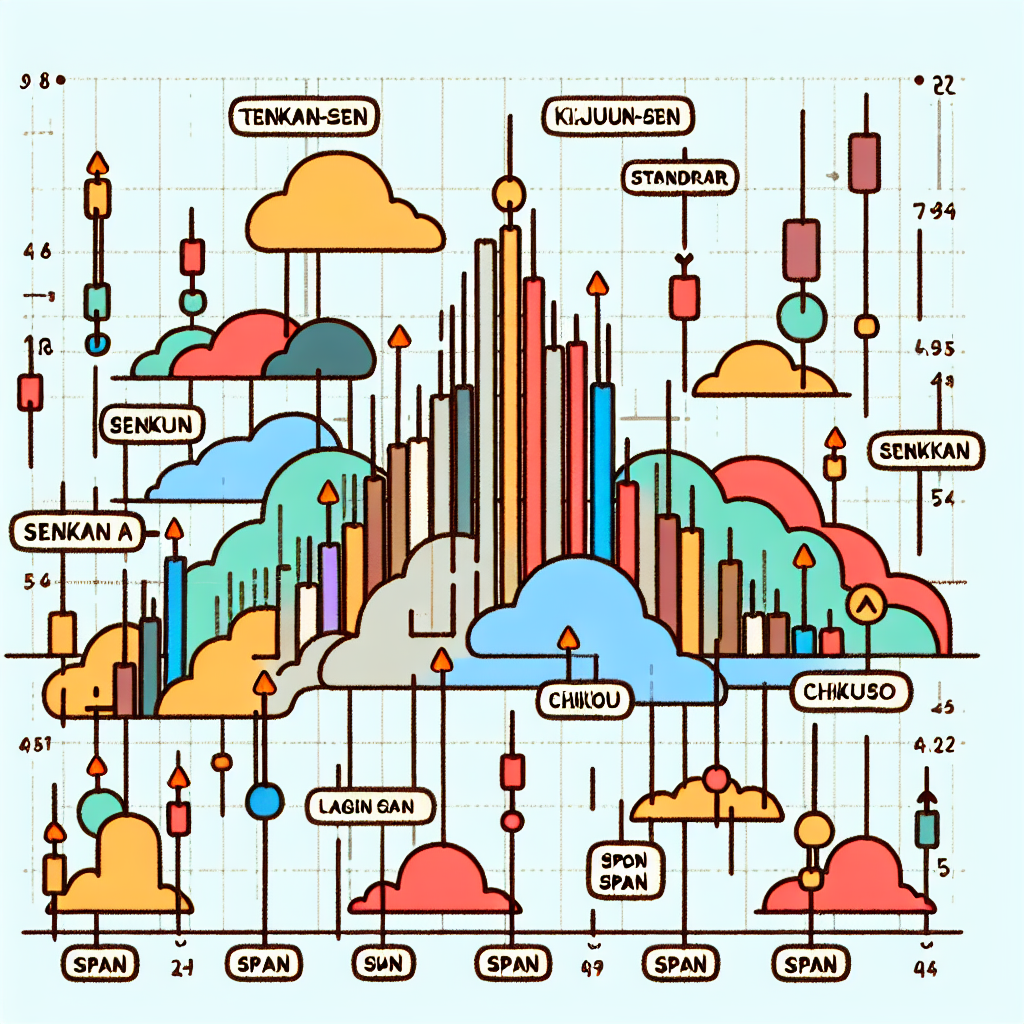
Risk Management Using Technical Analysis
Introduction
Technical analysis is a method used by traders and investors to forecast the future direction of prices based on historical market data. It involves the study of charts, patterns, and indicators to make informed decisions about when to buy or sell assets. One important aspect of technical analysis is risk management, which is crucial for protecting capital and maximizing profits.
Setting Stop-Loss Orders
One of the key strategies in risk management using technical analysis is setting stop-loss orders. A stop-loss order is an order placed with a broker to buy or sell a security once the price reaches a certain level. By setting a stop-loss order, traders can limit their losses and protect their capital in case the market moves against them.
Steps to set a stop-loss order:
- Identify key support and resistance levels on the chart.
- Determine the level at which you are willing to take a loss.
- Place a stop-loss order slightly below the support level if you are long, or slightly above the resistance level if you are short.
Using Risk-Reward Ratios
Another important aspect of risk management using technical analysis is using risk-reward ratios to assess the potential profitability of a trade. A risk-reward ratio is the ratio of the amount of risk taken on a trade to the potential reward. By calculating the risk-reward ratio before entering a trade, traders can determine whether the trade is worth taking based on the potential reward compared to the amount of risk.
Steps to calculate risk-reward ratio:
- Determine the entry point and stop-loss level for the trade.
- Calculate the distance between the entry point and stop-loss level.
- Determine the potential profit target for the trade.
- Calculate the risk-reward ratio by dividing the distance between the entry point and stop-loss level by the potential profit target.
Using Technical Indicators
Technical indicators are mathematical calculations based on historical price and volume data that can help traders identify potential entry and exit points for trades. By using technical indicators in conjunction with other tools, traders can make more informed decisions about when to enter or exit a trade, thereby reducing the risk of losses.
Popular technical indicators:
- Relative Strength Index (RSI)
- Moving Average Convergence Divergence (MACD)
- Bollinger Bands
Conclusion
Risk management is a crucial aspect of trading and investing, and using technical analysis can help traders mitigate risks and maximize profits. By setting stop-loss orders, calculating risk-reward ratios, and using technical indicators, traders can make more informed decisions about when to enter or exit trades. Incorporating these strategies into a trading plan can help traders achieve long-term success in the markets.





